Iran’s Atlas of Climate has partially clarified the weather in the eastern part of Iran, but because there are no meteorological stations close to Lut, we do not know the weather characteristics of the center of Lot, for example, the amount of rainfall in Lut is less than It is not northern deserts and is about 100 mm above average annually, but it is not an easy matter in terms of heat and winds because considering the natural state of the watershed it can vary with the surrounding area. The months of January are 15 degrees in the center and 10 degrees in the plains Therefore, it has relatively cold winters, with temperatures below zero in Shahdad in early January and the water freezing.
The night we spent in the center of Lut was cold, with temperatures below 3 degrees Celsius. It is not unusual around Lut but it is rare. In March the average is around 20 degrees. The average daily temperature is 20 degrees in May and 35 degrees in July and 30 degrees in September. It is 30 degrees in March 20 degrees in March and 40 degrees in May and June and 45 degrees in July and August in the center of Lut. So summer is very warm. Zweer measured the foothill heat in the summer, and by observing the central pits and the warming of the pits, concluded that the hottest places in the world were not in the Trabolis Desert or in the Death Valley of the United States, but in central Lutz, Iran. Reach a 60 degree .
An important issue in measuring atmospheric factors is the pressure of winds and winds. Identification of the main and sub-winds and windswept is needed to justify the form of desert disturbances and especially sand dunes. Measurement of atmospheric factors from remote devices cannot be established. Determine the interior of the lute. In order to fully identify the climate issues related to the lute, it is essential to establish the desired meteorological instruments in the interior of the lute and even place a fixed automatic weather machine in the center of the hole.
In the upcoming research program, creation of 5 units around Lut is required 3 of these 5 units to be fully equipped with wind, pressure, temperature, humidity and rain gauges. Shahdad and Nosrat Abad will become agro-climatological devices. With the help of these two devices, microclimatology research can be done to study the vegetable life in Shahdad and Nusrat Abad. The Bam station which has a synoptic device is equipped and its statistics are now in use. And will try to have an automated device installed in the center of the lock hole Sometimes these should be done as soon as possible so that the results can be applied within a few years to other sciences including stability, animal science and agriculture. Now start studying the atmospheric factors according to the available statistics and especially study the air and winds in Isfahan, Yazd, Tabas, Birjand, Bam, Jask and Chah Bahar and finally create the above mentioned instruments and atmospheric factors to put pressure on the air. Identify the loot center and local changes to this pressure center.

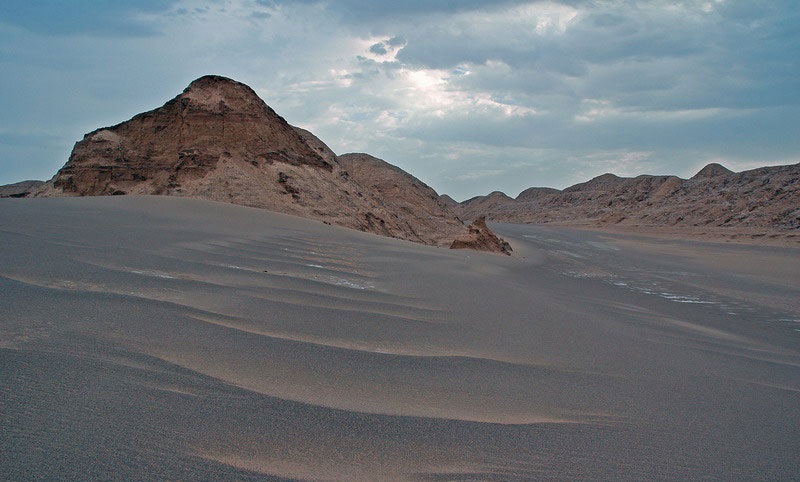
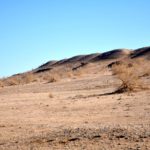
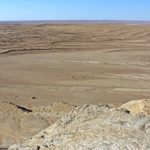
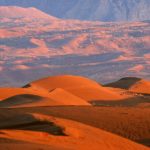
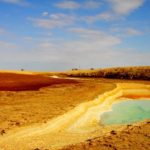
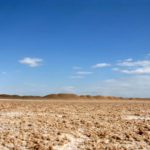
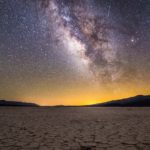
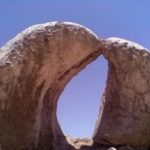
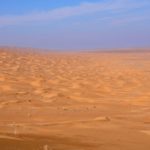
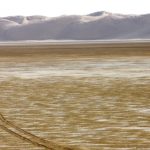
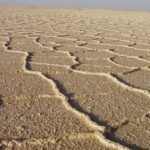
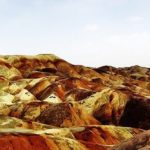
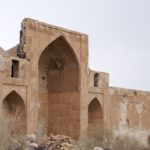
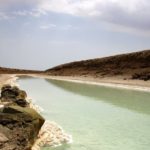
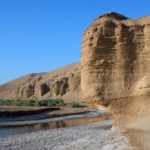
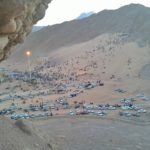
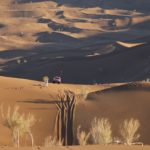
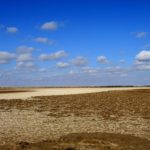

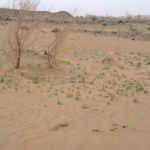
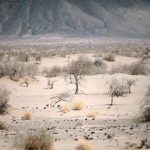
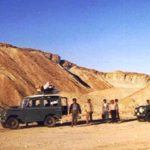
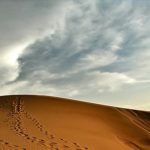
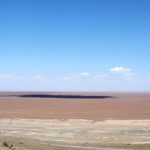
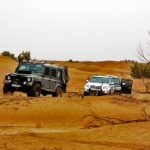
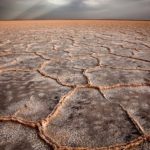
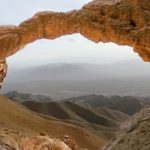


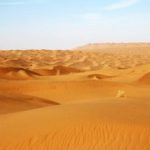
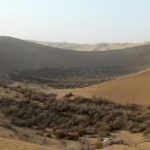
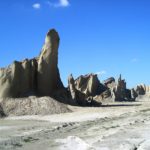
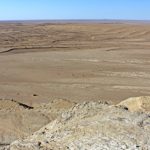
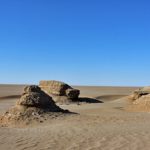
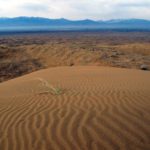
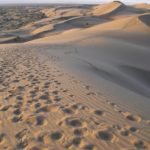
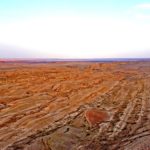

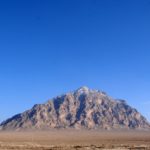
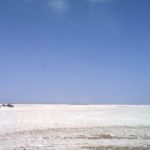
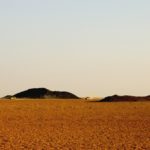
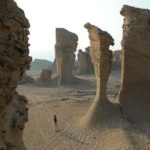
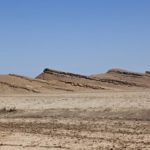
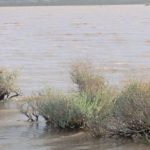
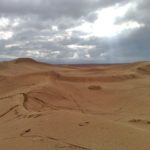
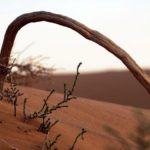
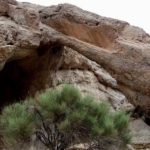
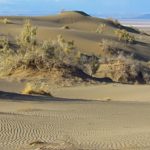
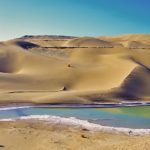
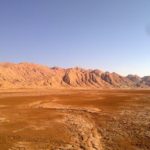

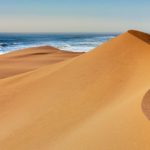
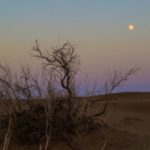
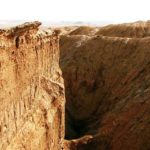
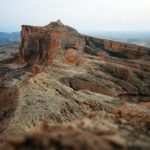
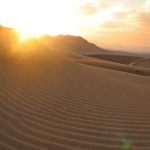

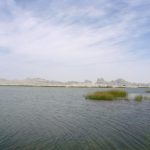
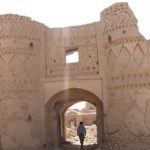
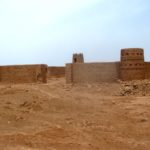
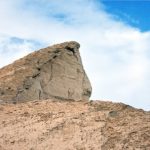
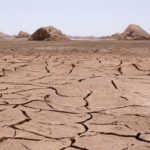
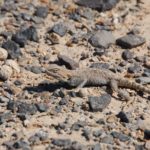
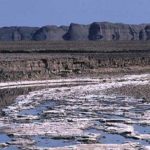
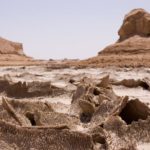
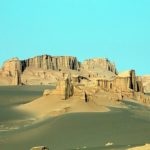


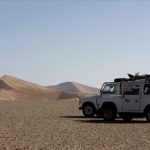

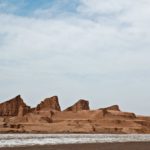
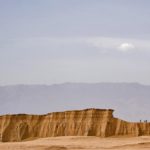
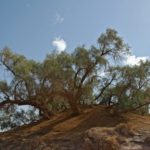
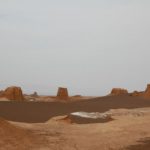

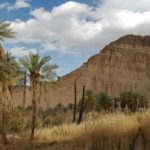
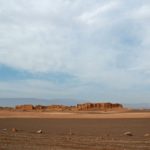

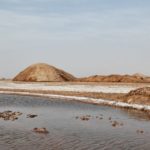

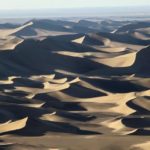
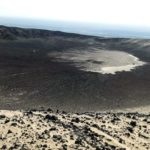
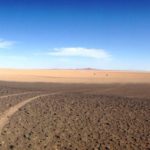

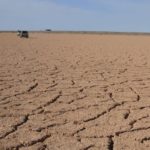
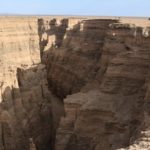
lucaJuly 10, 2021
poop